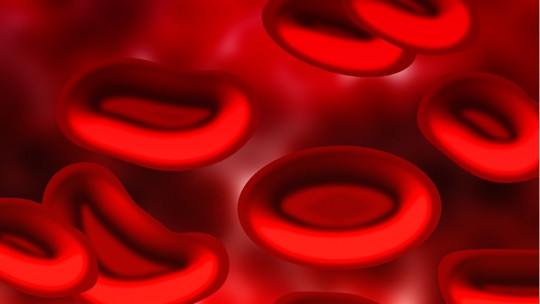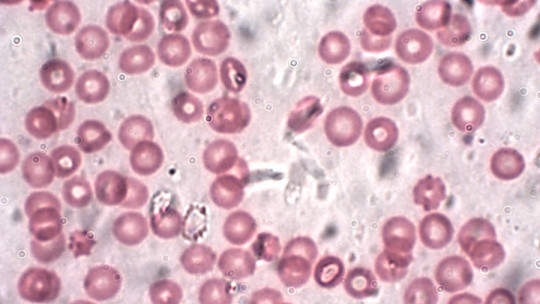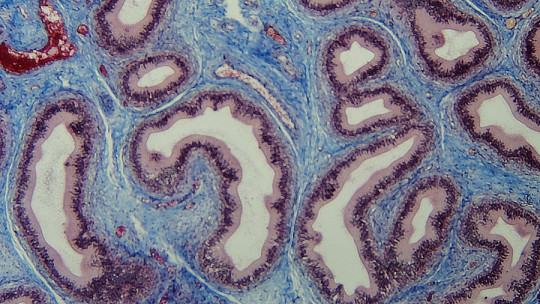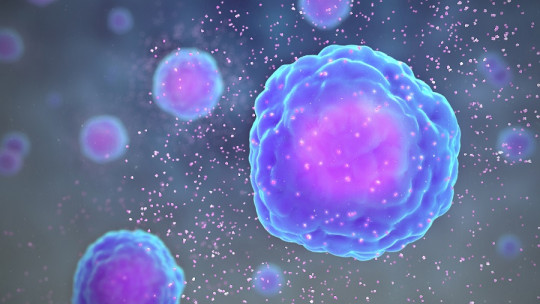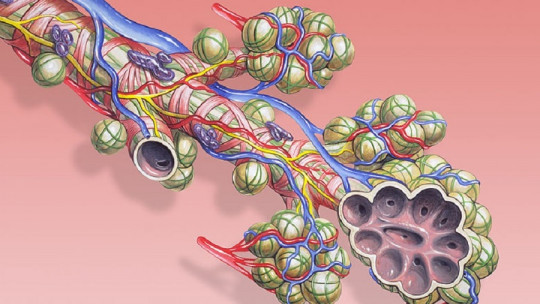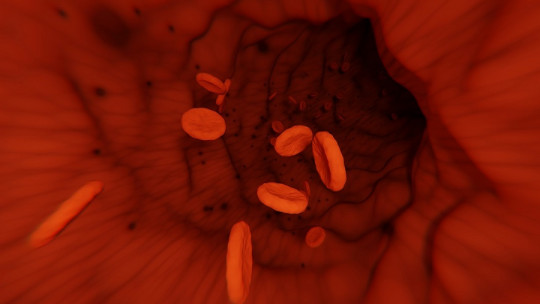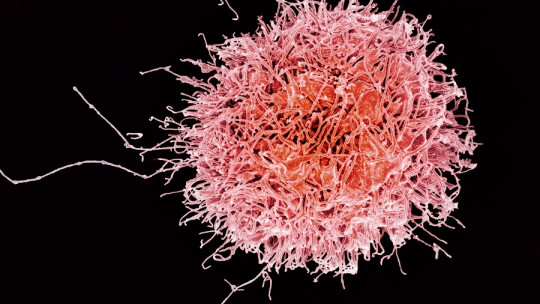Erythrocytes, also called red blood cells or red blood cells, are the cells found in the greatest proportion in the bloodstream. These are fundamental anatomical units for all our vital functions. Among other things They transport oxygen and distribute nutrients throughout the body
We will see below what erythrocytes are, how they are produced and what their main functions are.
What are erythrocytes?
Erythrocytes are the red cells that make up our blood. In fact, the term “erythrocyte” comes from the Greek “erythrós” which means red, and from “kytos” which means cell.
Also called red blood cells, erythrocytes are one of the main components of blood , whose functions are essential to maintain the different systems of our body. To analyze this in greater detail, we will first see what blood is and what its functions and components are.
Blood and its main components
Blood is the fluid that runs through our body, whose composition is thicker than water, slightly viscous, and its average temperature is 38º C (one degree higher than body temperature). The amount in liters of blood that each of us has depends largely on our size and weight.
Its main functions include transporting oxygen from the lungs to the body’s cells, transporting hormones, providing cells with specific nutrients, eliminating waste products and keep the body in natural balance (e.g. pH levels and temperature).
On the other hand, there are many cells that make up this liquid. 55% of blood is plasma, a slightly yellow liquid composed of 90% water and 10% proteins, electrolytes, vitamins, glucose, amino acids and other nutrients. The other 45% of our blood are different types of cells.
99% of this other half is made up of the red cells we call red blood cells or erythrocytes. The rest (1%) are white cells, also called leukocytes; and platelets , also known as thrombocytes. Thus, 84% of the total cells in the human body are erythrocytes.
Functions of red blood cells
Erythrocytes are in the shape of small discs with indentations. They are flexible, that is, they can bend easily to circulate through the narrowest blood vessels.
Unlike other cells, erythrocytes do not have a nucleus. What they do have is hemoglobin , a protein responsible for transporting oxygen through the blood, and is also responsible for the red color of blood. Among the main functions of erythrocytes are the following:
On the other hand, the deficit in the production of erythrocytes, or their accelerated destruction, is what causes anemia ; while an excess in the production of these cells generates polycythemia or erythrocytes.
Blood cell production process
Stem cells are responsible for generating the most solid parts of the blood. Through a multi-stage development, stem cells become blood cells or platelets.
Upon completion of their development they are released into the bloodstream, which maintains a quantity of precursor cells that allows their regeneration This last process is regulated by substances: the hormone erythropoietin (produced in the kidneys) is responsible for the production of red blood cells, and cytokines help the production of white blood cells.
Glucose is essential for their metabolism (since they do not have a nucleus or mitochondria), therefore, some of the main pathways are glycolysis and the hemoglobin reductase pathway.
In adults, most blood cells are produced in the bone marrow although in the case of erythrocytes, specifically lymphocytes, maturation occurs in the lymph nodes.
Erythrocytes have a life cycle of approximately 120 days. After this time they are broken down in the bone marrow, spleen or liver, through a process known as hemolysis. In this process, they are preserved fundamental elements of erythrocytes, such as iron and globin, which are later used again


